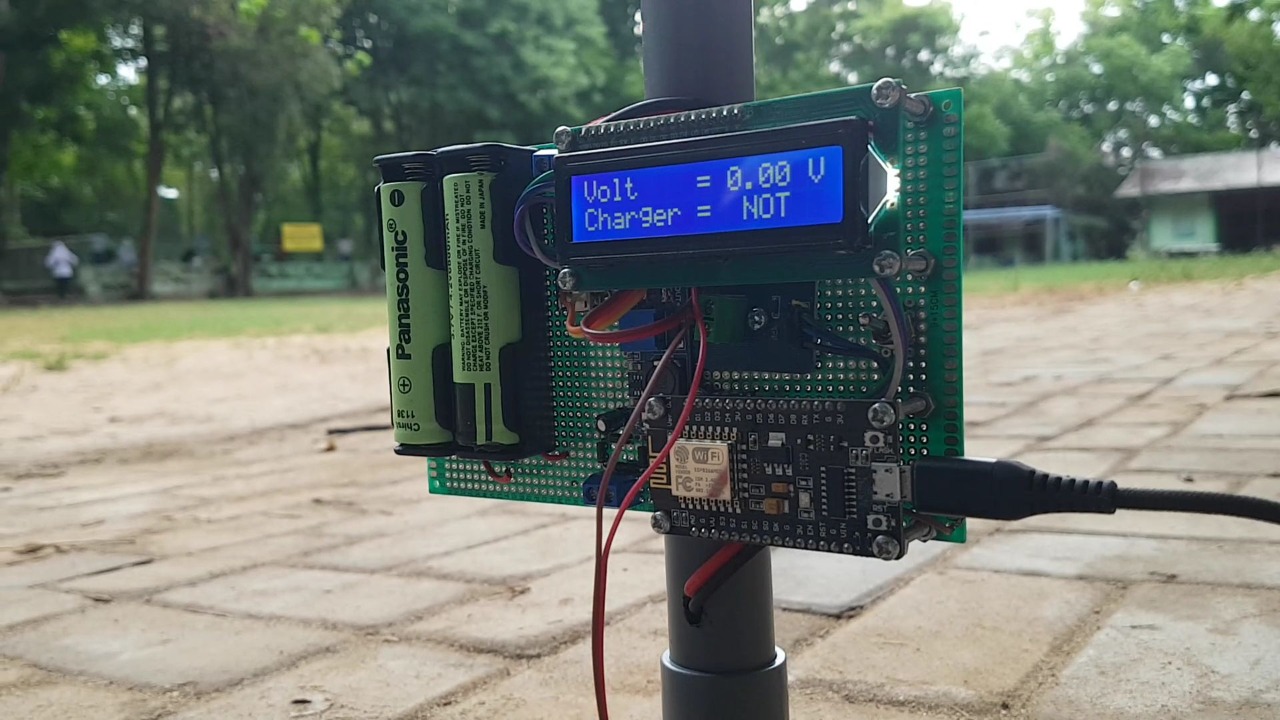RSV-P, ITS Student Innovation for Converting Vehicle Vibration to Electrical Energy

The ITS Mahatma Gandhi team consists of (from left) Tiffany Rachmania Darmawan, Muhamad Kholiq Iqbal, and Djody Rizqy Rahman, developer of RSV-P
ITS Campus, ITS News – The supply of non-renewable natural resources for power plants in Indonesia continues to decrease. The pollution resulting from the process also worsens environmental conditions. Against this background, a team of students from Institut Teknologi Sepuluh Nopember (ITS) developed an innovative power plant from vehicle vibrations crossing the noise band.
The team for developing this innovation is the Mahatma Gandhi Team, consisting of Djody Rizqy Rahman and Tiffany Rachmania Darmawan from the Instrumentation Engineering Department and Muhamad Kholiq Iqbal from the Automation Electrical Engineering Department. With an innovation called the Road Speed Bump’s Vibration Power Plan (RSV-P), RSV-P can convert mechanical vibrations resulting from the contact between the noise tape and the wheels of passing vehicles into electrical energy.
Djody Rizqy Rahman, Team Leader Mahatma Gandhi, explained that the team had researched this conversion idea before. If previous research used speed bumps, the innovation developed this time utilizes noise tape, usually found on crowded streets.
The team chose this kind of noise tape because it can be applied to a broader range of roads than speed bumps. “The sleeping police are usually on the alleys, while the noise bands can be on highways, toll roads, and many more,” he explained further.

The prototype of the Road Speed Bump’s Vibration Power Plan (RSV-P), designed by the ITS student team as an alternative to generating electricity
In addition, according to Djody, the use of this noise tape makes contact between the vehicle and the road more significant so that the piezoelectric sensor can capture more mechanical energy. “This mound tape has more than one mound, so there is more contact with the vehicle,” he said.
This development is not limited to differences in contact media; this development is also equipped with an ESP8266 microcontroller that allows the device to be connected to mobile devices via wi-fi technology. “Users can use the Internet of Things (IoT)-based applications, namely Blynk, to manage device components, such as Arduino and MCU nodes,” said the student born in 2003.
In converting mechanical energy to electricity, the RSV-P uses a piezoelectric sensor. The converted electrical energy is then transferred to the op-amp module, which functions to amplify the amount of voltage. The voltage generated by this device is directly proportional to the speed, mass, and density of vehicles crossing the noise band. “Even in traffic jams, the device can capture the mechanical energy when the vehicle starts crossing the noise band,” continued Djody.

The RSV-P device received and displayed the electrical voltage, an innovative design developed by the ITS student team.
The electrical energy that the op-amp module has amplified is channeled to the charger module to be stored in energy storage. In addition to being directed to energy storage, RSV-P will also stream the resulting signal to a piezoelectric sensor. So, the signal can be processed by the microcontroller to be displayed on the LCD screen. The user can find out how much voltage is generated.
The RSV-P prototype uses five noise bands and four piezoelectric sensors on each noise band connected in parallel series. When tested using a vehicle mass of 186 kilograms and a speed of 10 kilometers per hour, the electrical voltage that it can generate can reach 15.01 volts.
For further development, said Djody, the durability of the equipment will be increased so that it meets standards and can be said to be suitable for application on public highways and toll roads. “I hope it can be immediately applied to roads to provide alternative sources of electrical energy for street lighting,” concluded the student from Tuban. (ITS PR)
Reporter: Dian Nizzah Fortuna
Related News
-
Facilitating Creativity of Students, ITS Information Systems Department Presents CCWS
ITS Department of Information Systems students conduct a discussion in one of the available spaces in the ITS Digital
May 11, 2022 21:05 -
ITS Explores Electrification Cooperation with PT Vale Indonesia
ITS Campus, ITS News — Following up on the Memorandum of Understanding (MoU) with PT Vale Indonesia, Institut Teknologi
May 11, 2022 21:05 -
ITS Reaches Top 7 BRIN Collaborators with 309 Scientific Publications
ITS Campus, ITS News — Institut Teknologi Sepuluh Nopember (ITS) continues demonstrating its commitment to strengthening collaboration in research
May 11, 2022 21:05 -
The Only One from Indonesia, ITS Student Becomes Erasmus+ Scholarship Awardee
ITS Campus, ITS News — Civitas academica of Institut Teknologi Sepuluh Nopember (ITS) has once again contributed to making
May 11, 2022 21:05
